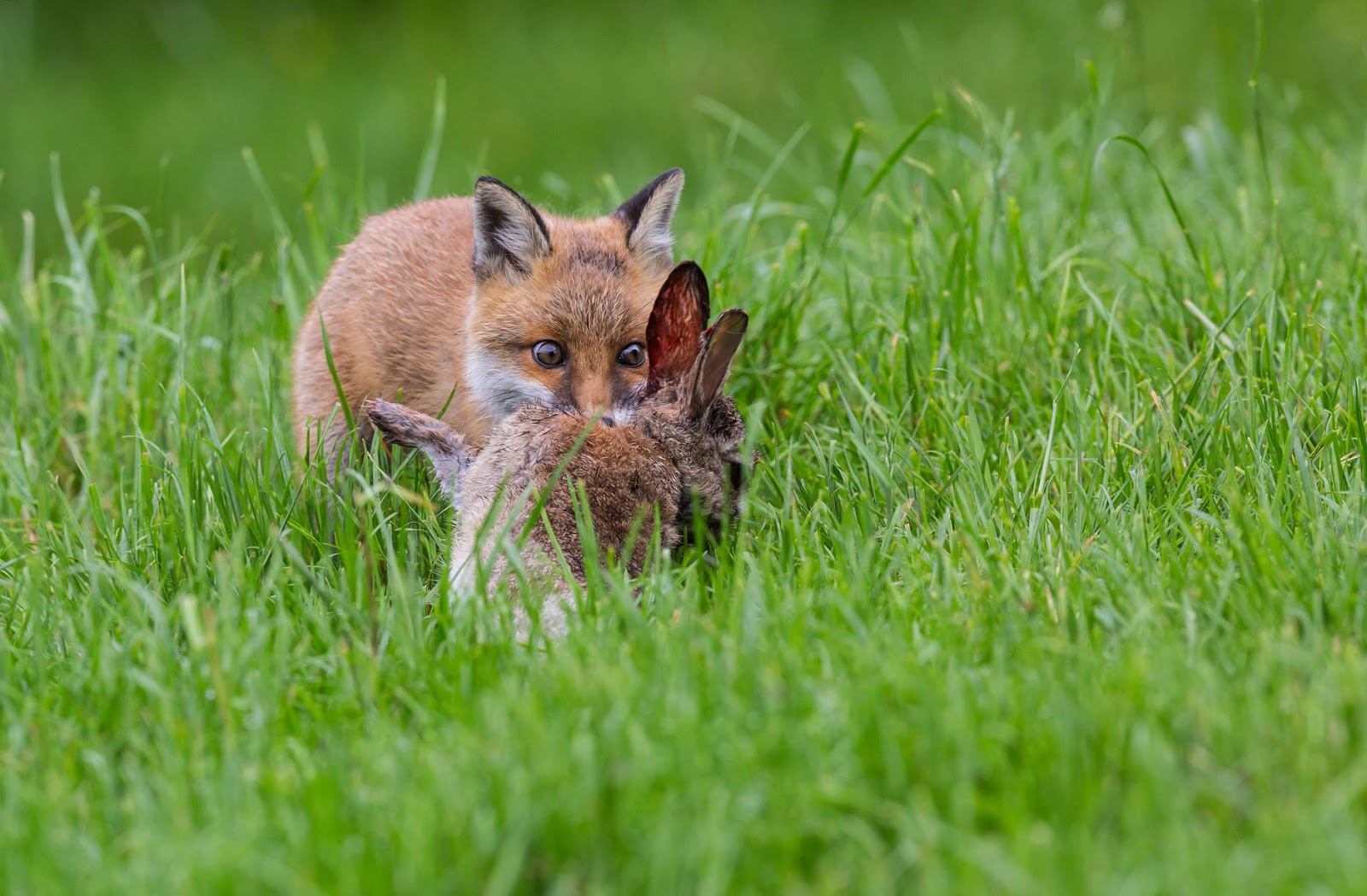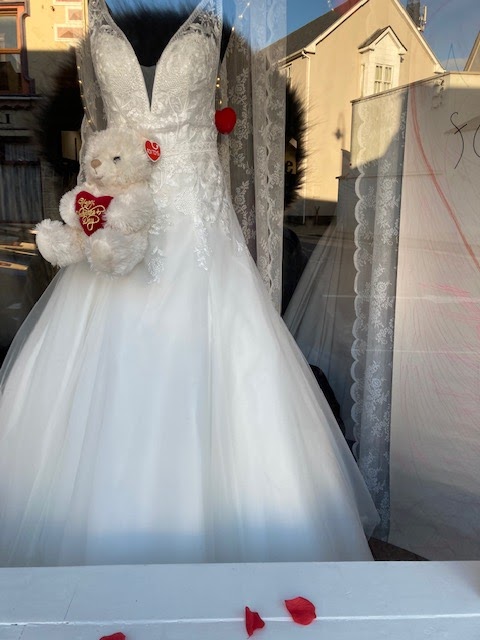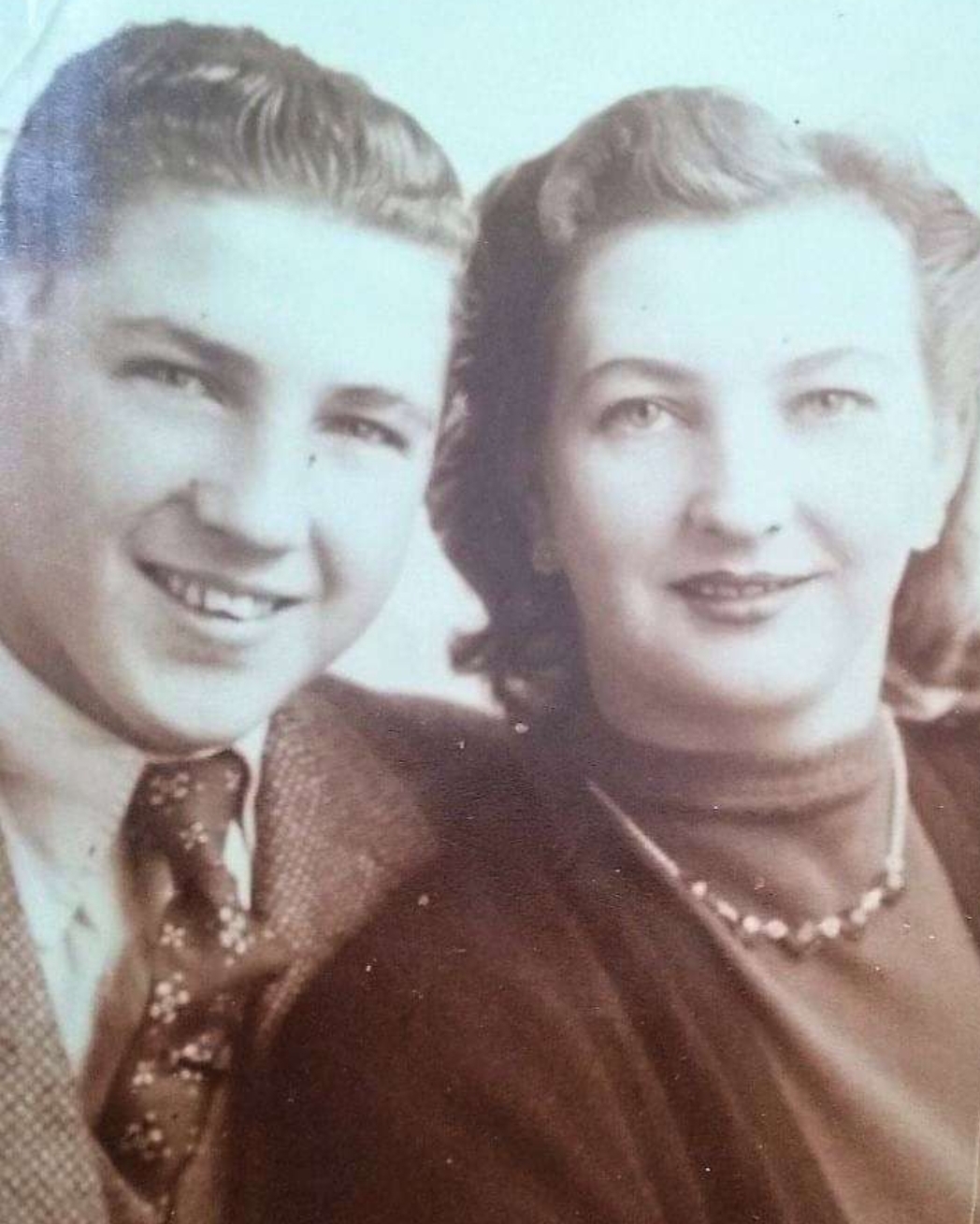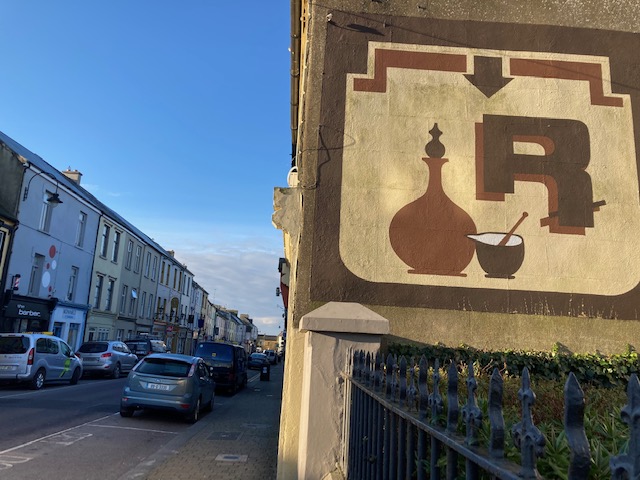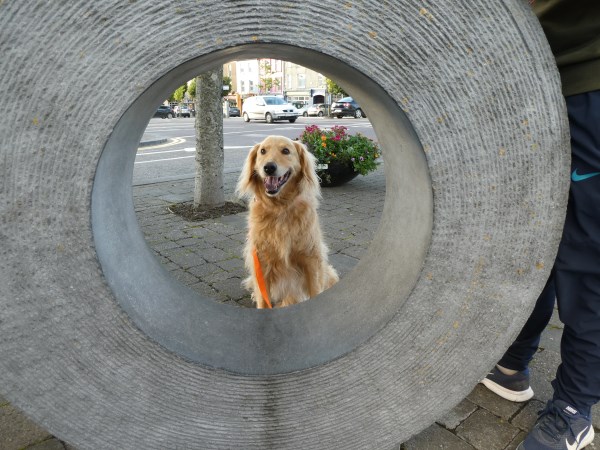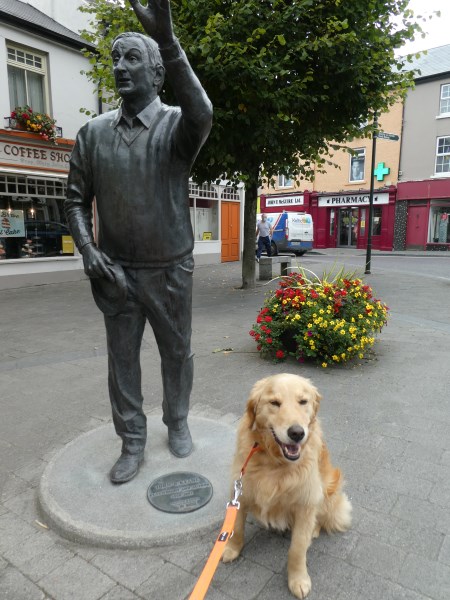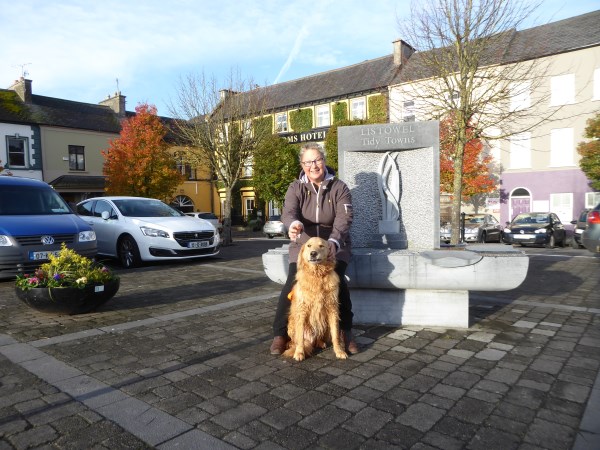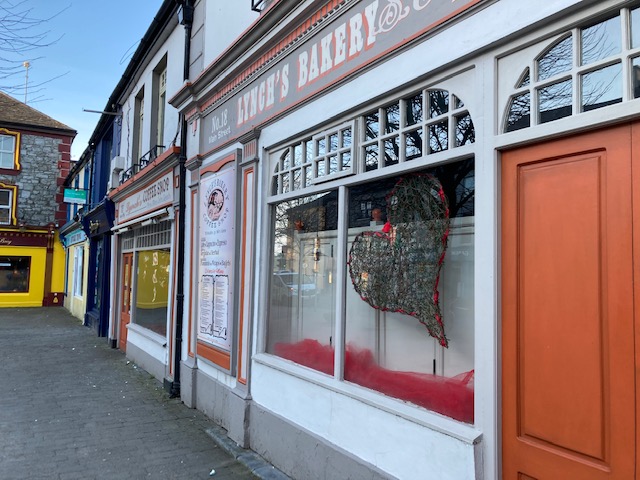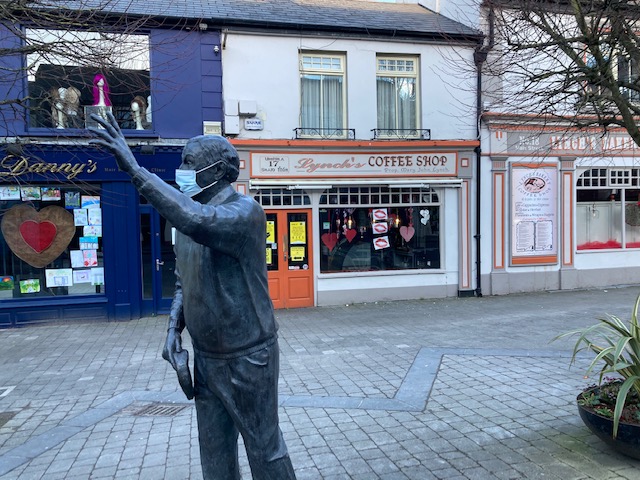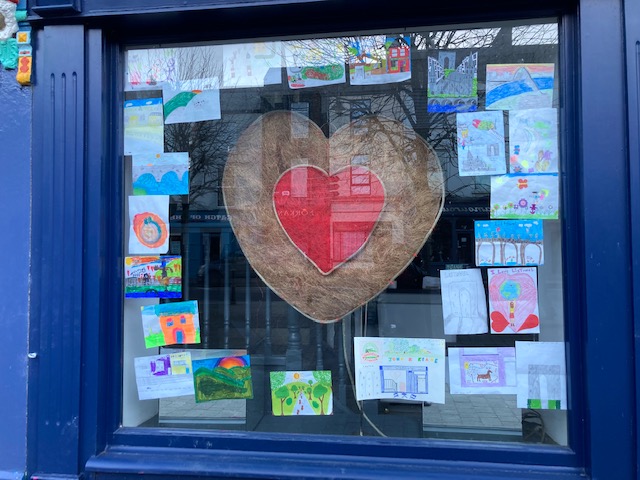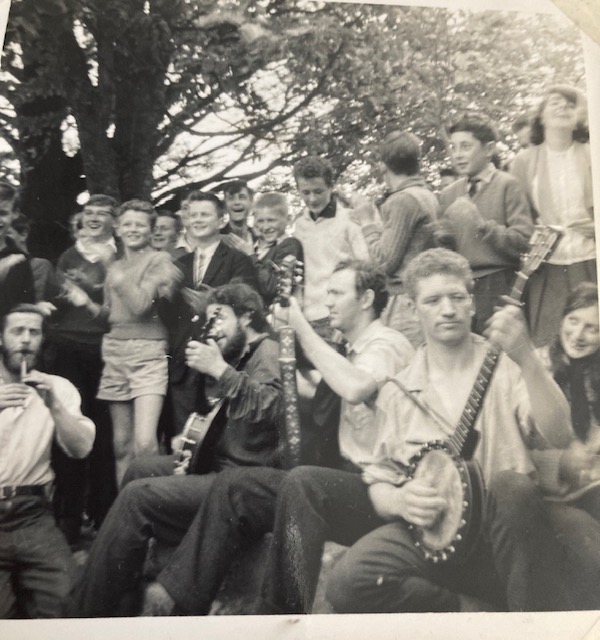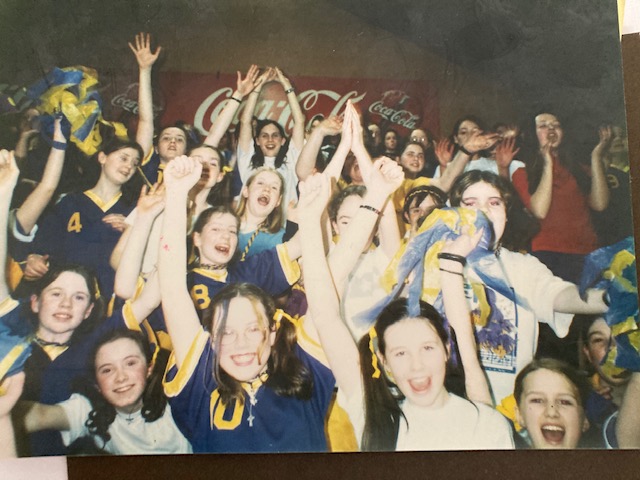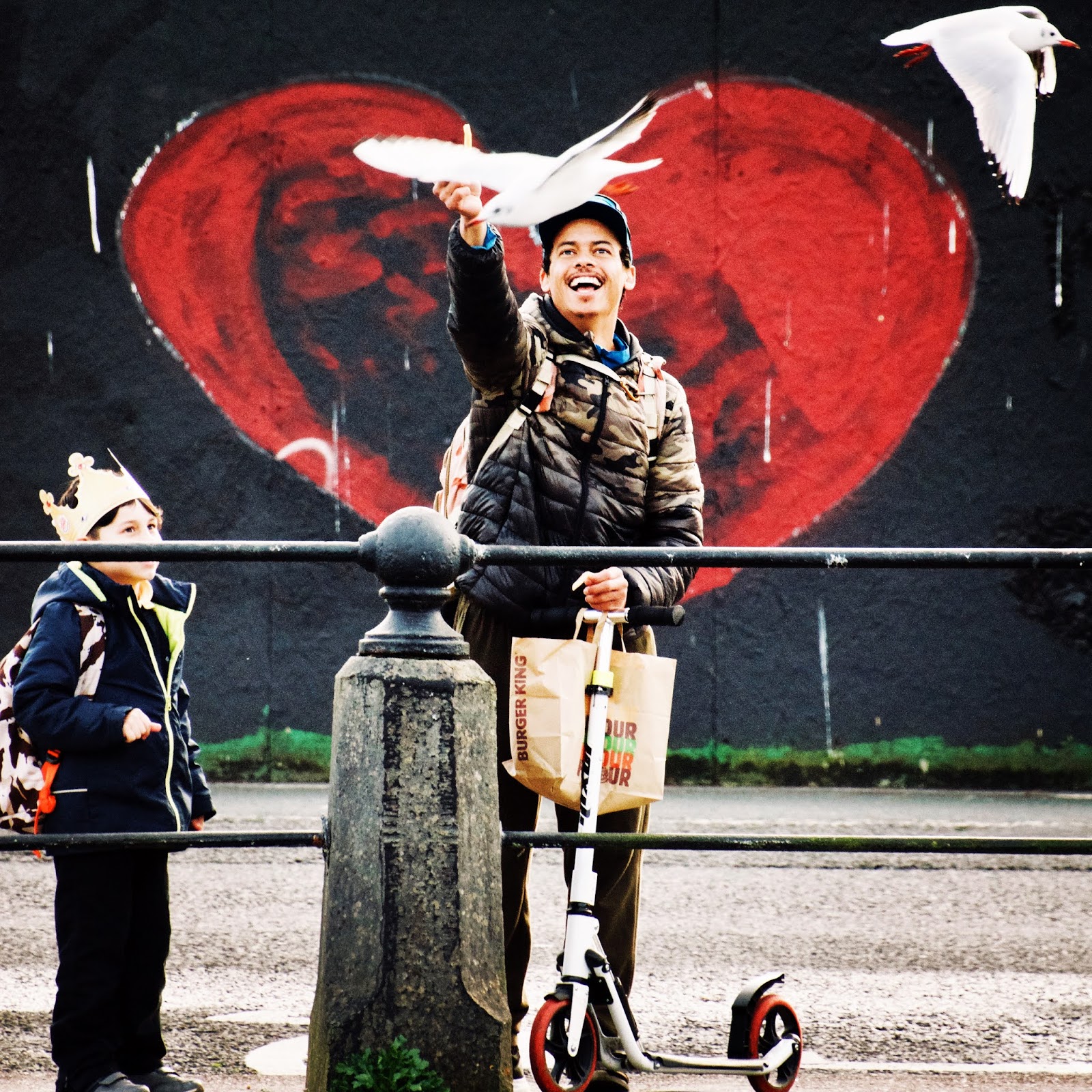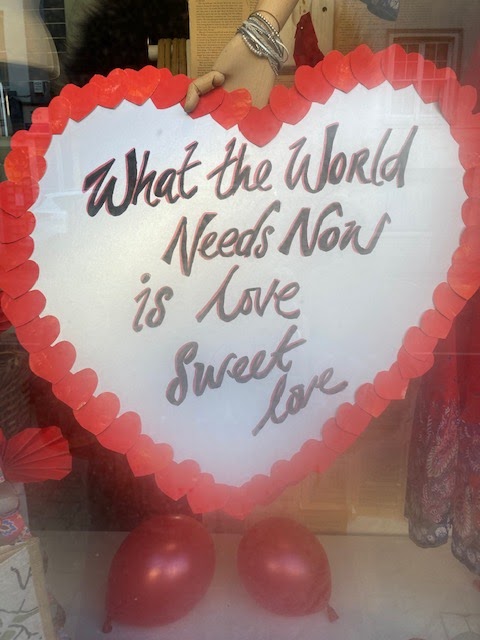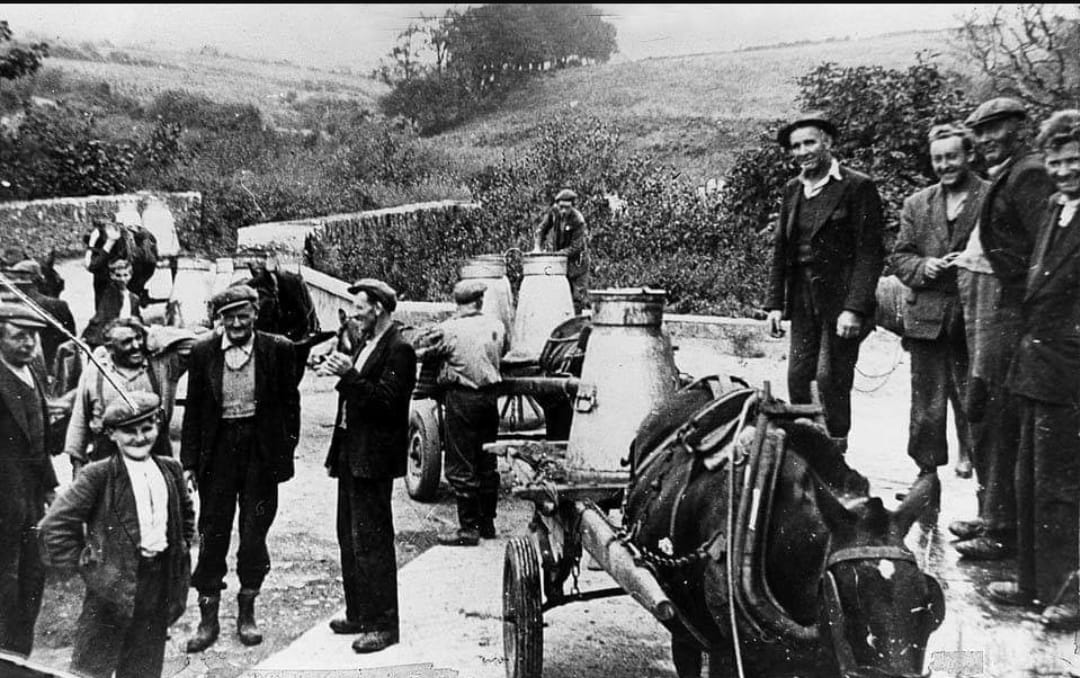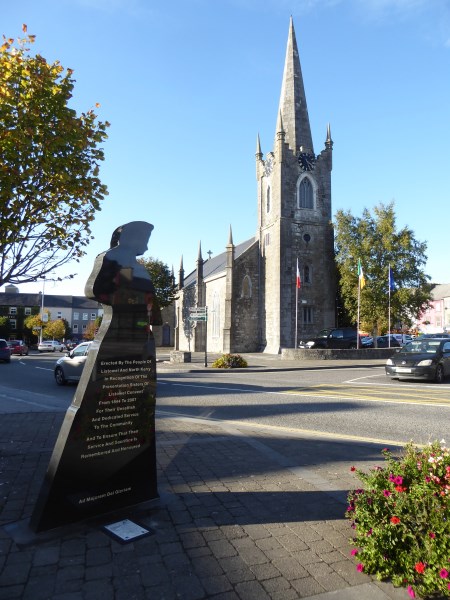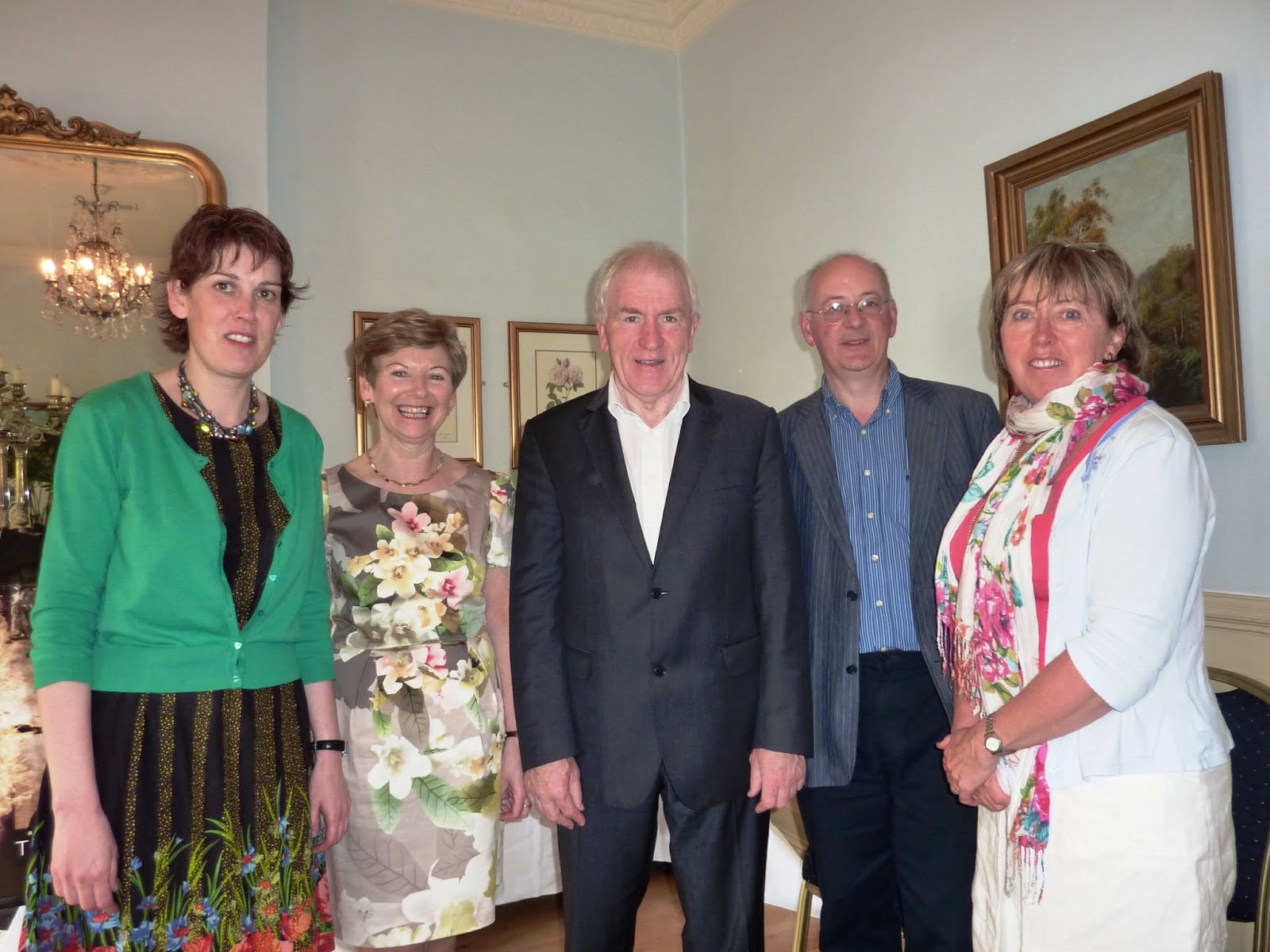Be My Valentine

Cork Street Photography during Covid by John Tangney
<<<<<<<<
Families!
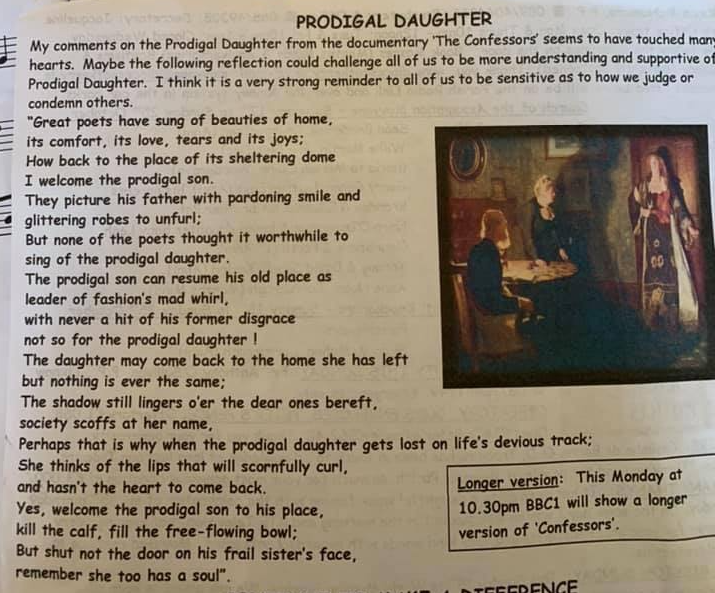
I posted Fr. McNamara’s poem a few week’s ago. It was sent to me by Frances Kennedy. It evoked this response.
Hi, Mary, the poem about the prodigal daughter is most apt. It also points up the fact that in past times a girl ‘in trouble’ was often treated most cruelly by her own kith and kin- at times for ‘practical’ family or property reasons, as they saw them; at other times out of a perverse sense of ‘righteousness,’ or even of shame or a false sense of pride.
It brought to my mind a most heart-rending account an old landlady of mine gave me many years ago in a Munster town- not Kanturk, but not far from it. She had a visitor- a lovely, friendly person- and I later asked her who she was. She told me the tragic story and I repeat it as best I can after all the years.
The woman was an only daughter of a couple who had become pregnant in her younger years. Of course, she was not supported by the baby’s father. Her own father was furious when he learned of her situation and ordered her out of the house; her mother had little say in the matter. The daughter pleaded and begged to be left stay at home but her father would not bend, no matter what pleas were made. She packed her belongings and, with dread, prepared to leave. Before she left, she said, “If I leave here tonight, I will never set foot in this house again! Even that did not soften her father’s heart. She left and went to a city where she managed to get settled and got a responsible job. I believe she kept her baby and reared it. Over the years, she used to visit my landlady and her husband, who were always kind and helpful to her. There, she got the local news and, I presume, account of her parents. The years passed.The landlady kept the daughter updated- and probably the mother, too. In any case, in time the parents died without meeting their only child ever again. Her mother died, crying out in vain for her daughter.
It is a story that one could hardly believe today. Yet it is a true story, even if it is poorly recalled and recounted by me. I often wondered what on earth would cause a parent to abandon their own flesh and blood in such a manner. There are many monuments erected to those in our history who spilt the blood of enemies, and even of their former friends and neighbours. Yet, the creation of human life, in certain circumstances, was often counted a ‘crime’ and punished without mercy by some. That is to say, one party, the most vulnerable, was punished; the other party was protected from any consequences and could cravenly walk away without responsibility or reproach. There must certainly be a day of reckoning.
N.L.
<<<<<<
A Look back at a Story from January 2012
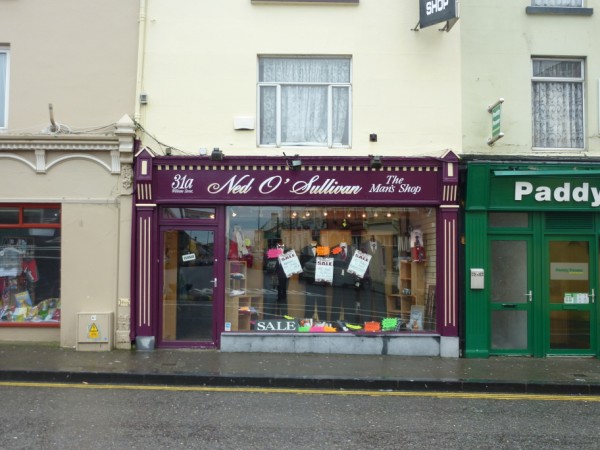
Ned O’Sullivan, who is the fourth generation of his family to trade in Listowel is retiring. His four sons have taken different career paths. The tradition of the next generation taking over the family business is being broken in this as in many other businesses in town.
The O’Sullivan’s began business in Listowel in Upper William Street in the 1860s. Ned’s great-grandfather, Michael O’Sullivan from Ardoughter in Ballyduff began a tailoring business in Pound Lane, now Upper William St. Ned’s grandfather, also Ned, moved the business to Market St. to a new premises near where Tarrant’s Garage is today. The business was thriving. Eight full time tailors were employed there at one time. Ned’s father, Seán, took over the business in the 1960s and he made the move away from tailoring and into off -the- peg and general menswear. The Man’s Shop moved into its present location in 1962. Ned left teaching in 1989 and went into the family business. In recent years, as his political commitments became more onerous, the shop has been run by Mark Loughnane.

Mark Loughnane accepting mail from Pat Hickey at the shop door.
<<<<<<<
An Acrostic for Vincent

Vincent Carmody’s friend, John Fitzgerald, has written a poem about Vincent’s book.
Snapshots of an Irish Market Town
Verily it can be said
In poetry or in prose;
New aspects of a town like this
Can always be extolled.
Exquisite though the diction be
No text can hold more dear
Than Vincent’s take on history,
This cherished treasury.
Come all of you who come from here
And you from anywhere,
Rekindle memories of the past
Mindfilling page on page.
On printed word or picture,
Demands on the billheads show
You’ll find no better record of
This Market Town I know.
